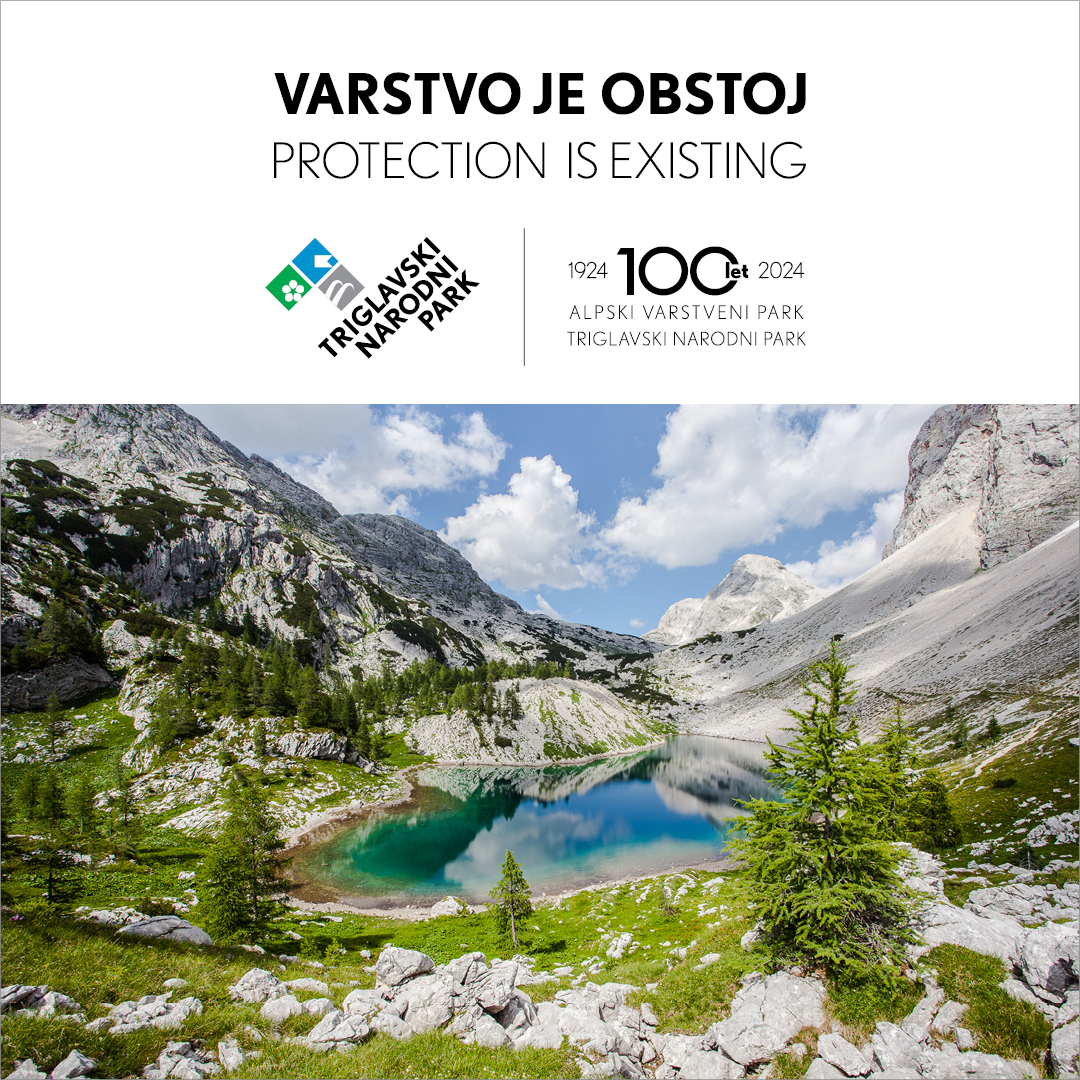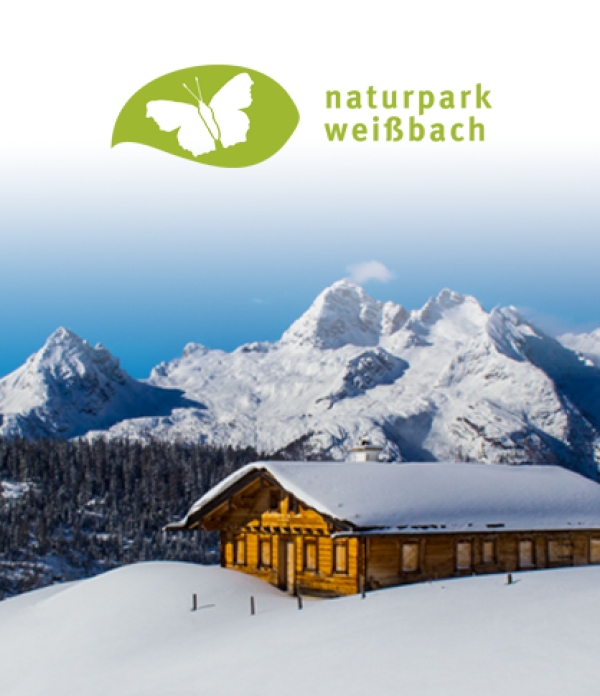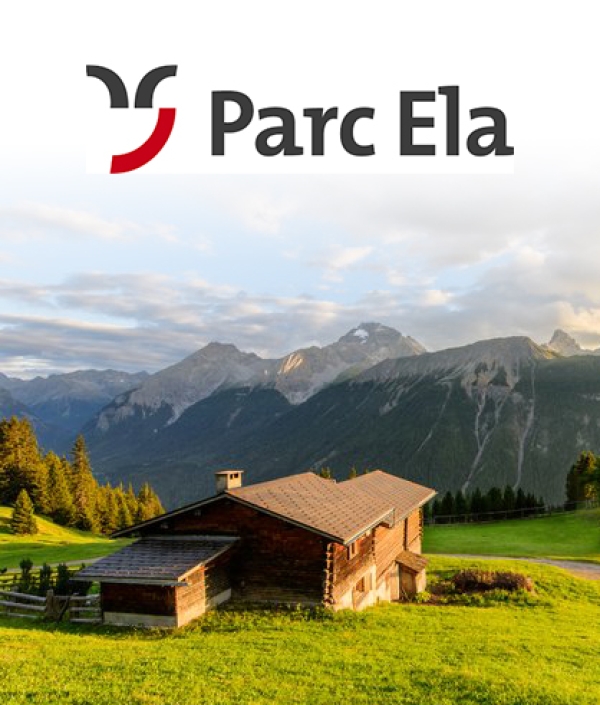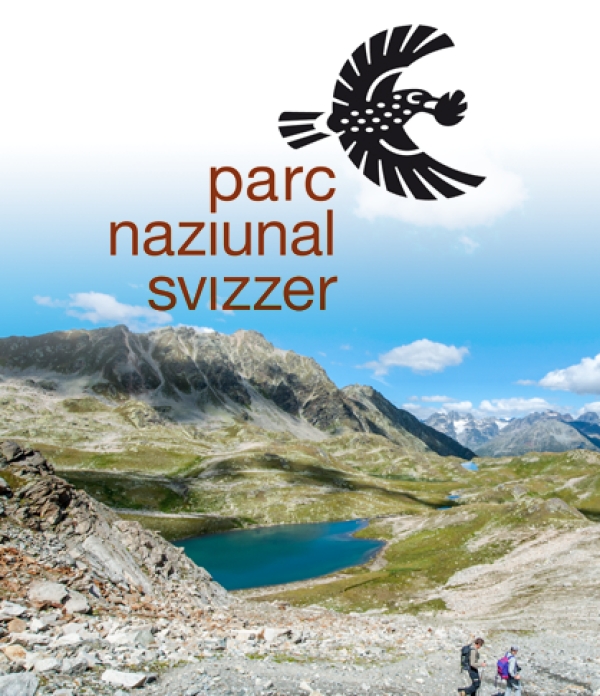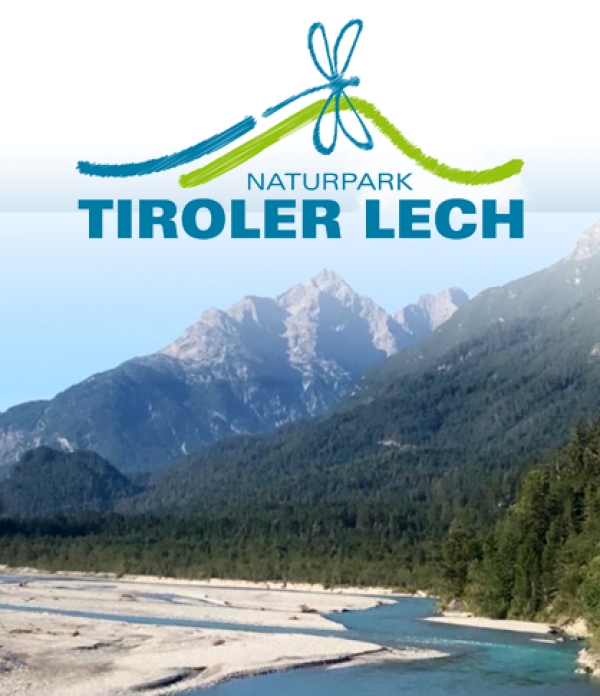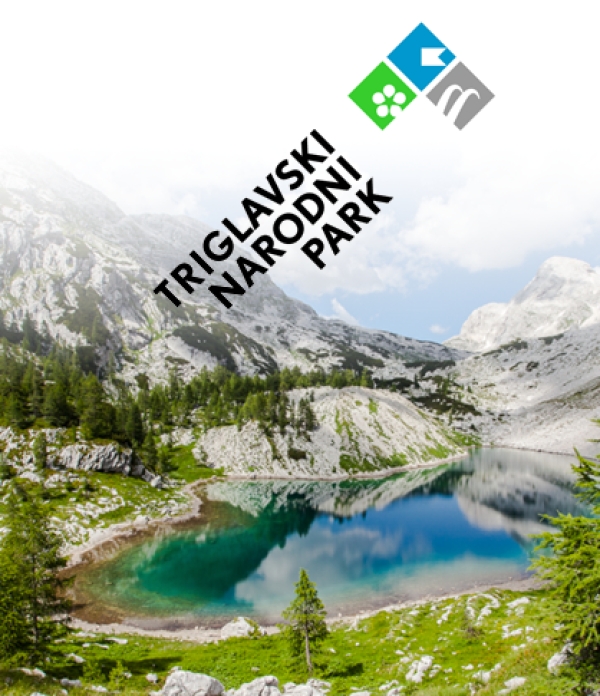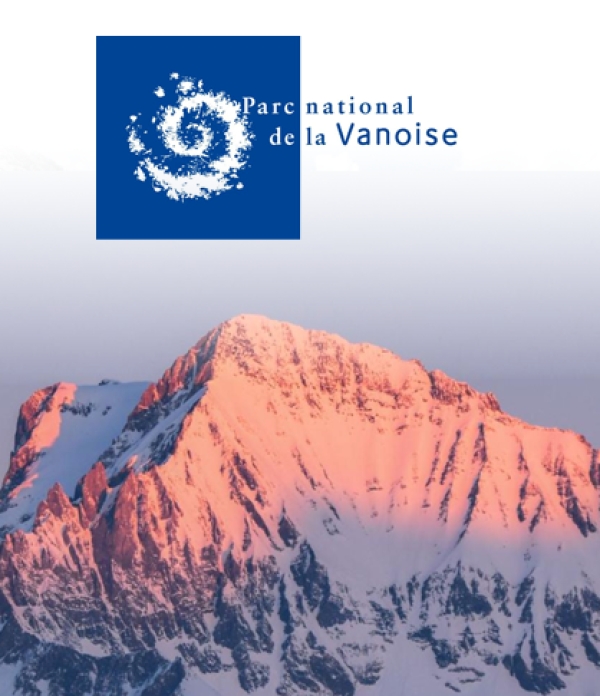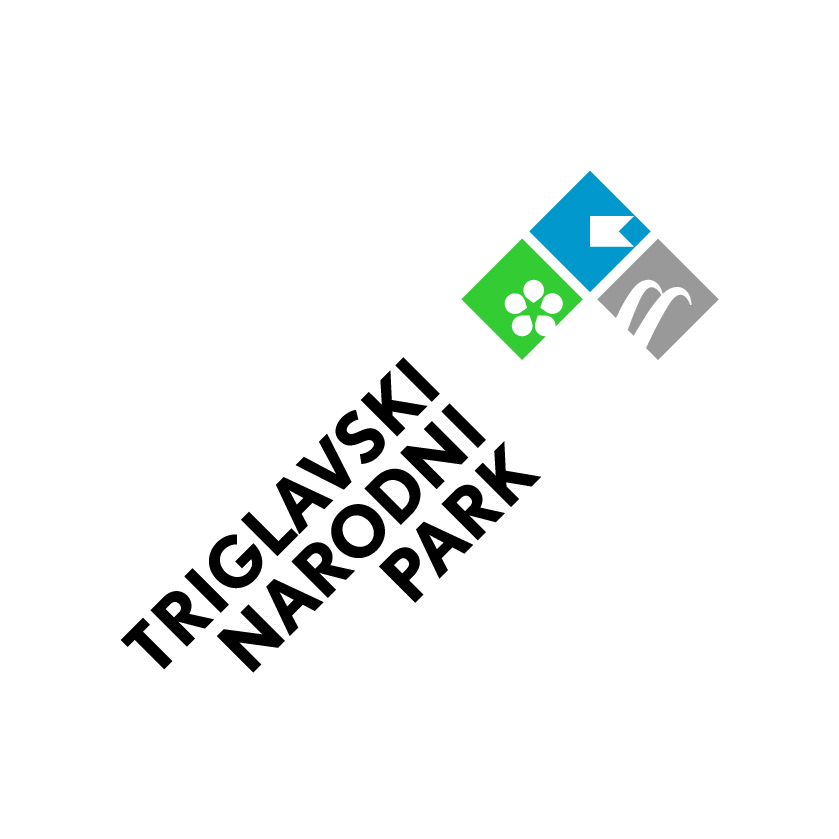
1924: Creation of the "Alpine Conservation Park" in the valley of the Triglav Lakes
1961: Decree declaring the Triglav Lakes Valley a "Triglav National Park"
Goals & Objectives:
The Triglav National Park's priority objectives are conservation of ecosystems and natural processes, natural assets, diversity of habitats, plant and animal species, landscape quality and landscape diversity. In the settled parts of the national park, the primary focus is to safeguard the cultural heritage and landscape quality, which is the result of long-term harmony between nature and man.
The national park is a model example of successful harmonisation of different interests focused on a common goal: well-preserved nature, landscape and cultural heritage. The values of a national park are a motive and an attractive goal for visitors who respect the exceptional nature and cultural heritage as well as the peace and quiet of the area. Through various forms of sustainable mobility and suitable park infrastructure visitors are directed towards less vulnerable parts of the national park where they are offered a wealth of opportunities for nature experience and relaxation
Regional & environmental challenge(s):
There are 2.400 inhabitants living in TNP. The area of Julian Alps has approximately 4 million overnight stays a year and approximately 1,5 million arrivals. Based on effective visitor monitoring, it is necessary to define a system of visitor guidance in specific areas (preferably in the most visited and most vulnerable areas). Visitor guidance is a broad concept that encompasses a variety of tools - park infrastructure, interpretation, workshops, events, print and digital media - aimed at a single goal: the preservation of nature and the protection of cultural heritage through information, awareness-raising and education in the framework of the activities carried out by the TNP Public Institution and its stakeholders.
Successes:
Within the park, 134 quiet areas have been designated;
The lynx population has been saved from extinction by the LIFE Lynx project;
Within the on-going project called Life for Seeds 5,5 ha high nature value grasslands at the Natura 2000 site of Julian Alps will be restored
Learn more about Triglav National Park's initiatives and projects on their website.
What do you gain from being an ALPARC member?
A lot and this is almost impossible to express in a couple of sentences. The Triglav National Park Public Institution was a co-founder of the Alpine Protected Areas Network - ALPARC - in 1995. For us this is a great honour. It is also crucial because it provides us with an exchange of experiences, opinions and good practices, as all members of the network face similar challenges. Connecting with people who work in other Alpine protected areas enriches us both professionally and personally.
What challenges do you see for protected areas in the coming years/decades?
According to climate change, specially protected areas in the Alpine region will receive increasing numbers of visitors. An important challenge will continue to be visitor management and promotion of sustainable mobility with the aim of protecting nature and enabling local people to live in the protected areas. Communicating and managing specific visitor regimes will also be a particular challenge. All this must be done in line with the slogan of the 100th anniversary of the first protected area on Slovenian territory, the predecessor of the Triglav Park, which is: Protection in existing! The slogan serves as a reminder that the only way to ensure existence of natural (and cultural) assets and their preservation for future generations is through conservation. Today, as ever before, it is important to maintain the balance between conservation, protection and tradition, progress and development, locals and visitors.
What is your advice for those interested in future alpine conservation efforts, or those interested in outdoor alpine activities?
Our advice is: Keep in mind that protection ensures existing. The beautiful nature and cultural landscape have been preserved only because our ancestors protected them. It is crucial that we continue the same way. We are only guests in a protected environment, so we must behave respectfully and adapt our activities to conservation.
Any final words of wisdom?
Slovenia’s only natural park, which proudly covers 840 square kilometres in the heart of the Julian Alps, is much more beautiful through experience than through words, so you are welcome to visit!

